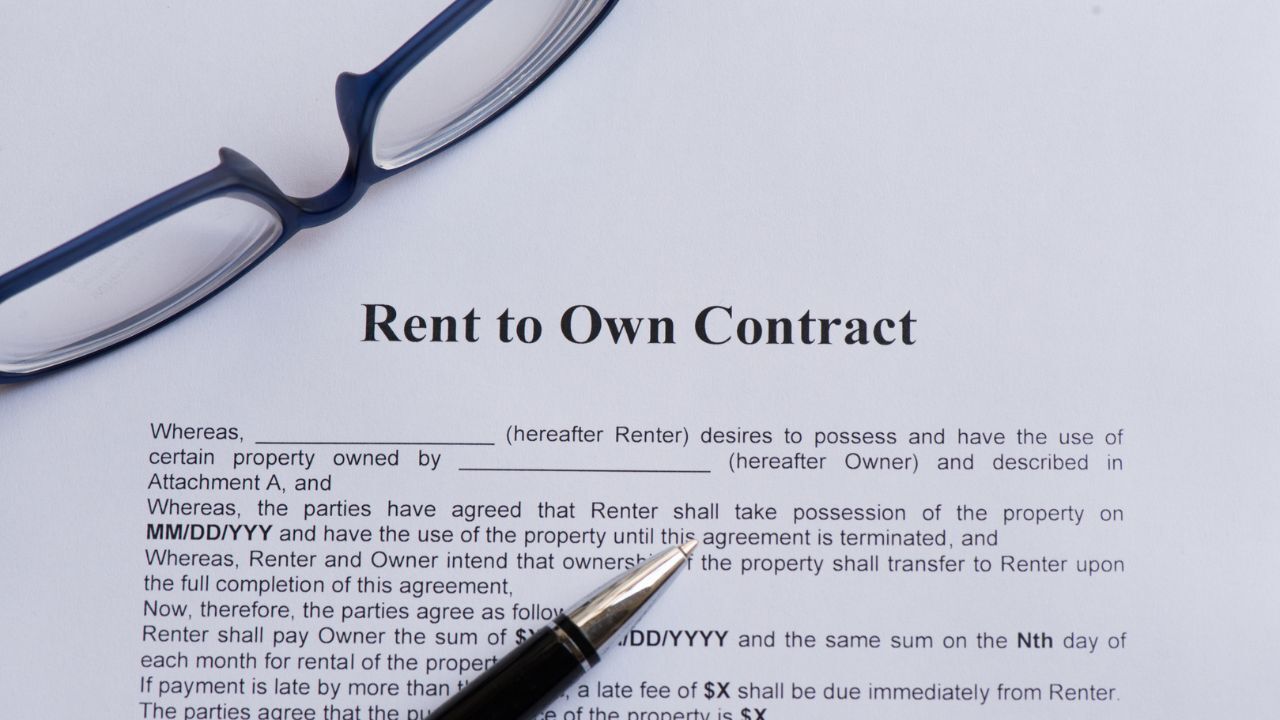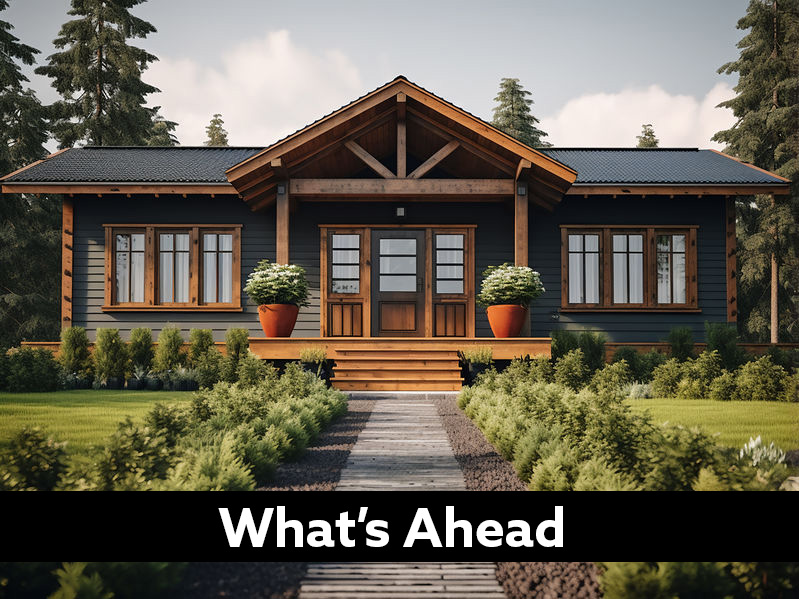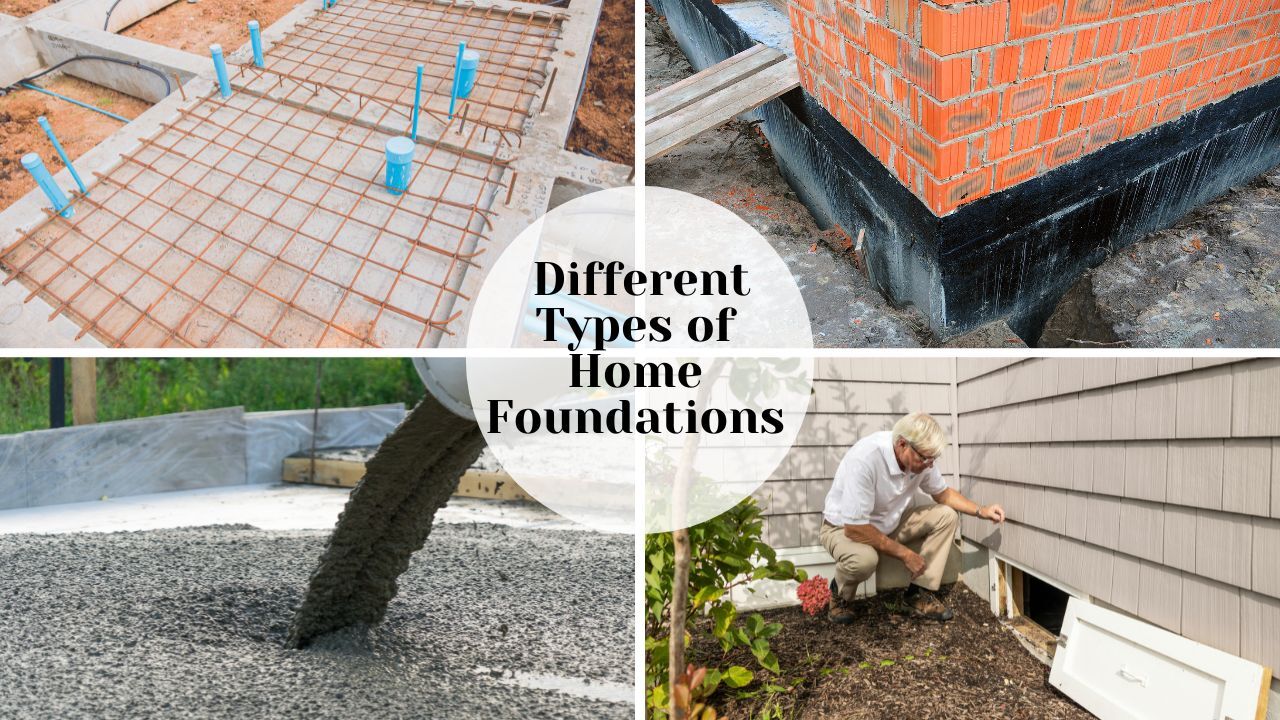 Selling a home through a rent-to-own agreement can create a flexible path for both sellers and future buyers. This arrangement allows a tenant to live in the home while preparing to purchase it later, giving the seller steady income and a committed future buyer.
Selling a home through a rent-to-own agreement can create a flexible path for both sellers and future buyers. This arrangement allows a tenant to live in the home while preparing to purchase it later, giving the seller steady income and a committed future buyer.
What a Rent-to-Own Agreement Is
A rent-to-own agreement allows a tenant to rent the home while also securing the right, or sometimes the obligation, to purchase it at a later date. The agreement usually includes a set purchase price and a timeline for when the buyer can complete the purchase. This gives the tenant time to save, build credit, or prepare for financing.
How the Agreement Is Structured
Most rent-to-own contracts include a lease portion and a purchase portion. The lease outlines the rental amount, the length of the term, and expectations for the use of the home. The purchase portion may include an option fee, which is a one-time payment that gives the tenant the right to buy the home in the future. Some agreements also credit a portion of the monthly rent toward the future down payment.
Benefits for Home Sellers
Sellers benefit from consistent rental income during the lease period. This can be especially helpful if the seller has already moved or is carrying another housing payment. Because the tenant plans to buy the home, that person is often more invested in taking good care of the property. If the tenant decides not to purchase, the seller usually keeps the option fee and any agreed-upon rent credits, depending on the contract.
Responsibilities During the Lease Period
Each agreement outlines who is responsible for repairs, upkeep, property taxes, and insurance during the rental period. Some arrangements keep these responsibilities similar to a standard lease, while others shift more duties to the tenant. Clear written terms protect both parties and help avoid misunderstandings.
How a Real Estate Agent Supports This Process
A real estate agent guides you through determining whether a rent-to-own structure fits your goals. The agent helps you price the home, reviews whether a lease-option or lease-purchase agreement is more suitable, assists in setting the option fee and rent credits, and ensures the contract reflects your expectations clearly. The goal is to protect your interests while creating a fair and workable agreement.
Selling a home through a rent-to-own agreement can provide steady income, attract committed buyers, and create a smooth path to a future sale. With clear terms and good guidance, this option can be a strong fit for a variety of selling situations.

 A home can look beautiful on the surface, but a past flooding event can create long term challenges that buyers need to understand. If you are considering a property with any history of water intrusion, taking time to learn the risks can protect your safety, your finances and your peace of mind.
A home can look beautiful on the surface, but a past flooding event can create long term challenges that buyers need to understand. If you are considering a property with any history of water intrusion, taking time to learn the risks can protect your safety, your finances and your peace of mind. Selling a home can feel emotional and overwhelming, especially when financial pressures make it difficult to keep up with payments. For some homeowners, a short sale becomes a realistic path toward a fresh start. If you are exploring this option, understanding how the process works can help you move forward with confidence.
Selling a home can feel emotional and overwhelming, especially when financial pressures make it difficult to keep up with payments. For some homeowners, a short sale becomes a realistic path toward a fresh start. If you are exploring this option, understanding how the process works can help you move forward with confidence. When buying or selling a home, the foundation is one of the most important yet overlooked elements. It supports the structure, affects durability, and can influence everything from comfort to resale value. As a real estate agent, I often remind clients that understanding the type and condition of a home’s foundation can help them make informed choices and avoid costly surprises later on.
When buying or selling a home, the foundation is one of the most important yet overlooked elements. It supports the structure, affects durability, and can influence everything from comfort to resale value. As a real estate agent, I often remind clients that understanding the type and condition of a home’s foundation can help them make informed choices and avoid costly surprises later on. When it comes to buying a home, location is always a major factor, but for many families, the local school district carries just as much weight. Even for buyers without children, the quality of nearby schools can have a lasting impact on property values. Understanding how education and real estate are connected helps buyers make smarter decisions and recognize the long-term advantages of purchasing in a strong school district.
When it comes to buying a home, location is always a major factor, but for many families, the local school district carries just as much weight. Even for buyers without children, the quality of nearby schools can have a lasting impact on property values. Understanding how education and real estate are connected helps buyers make smarter decisions and recognize the long-term advantages of purchasing in a strong school district.